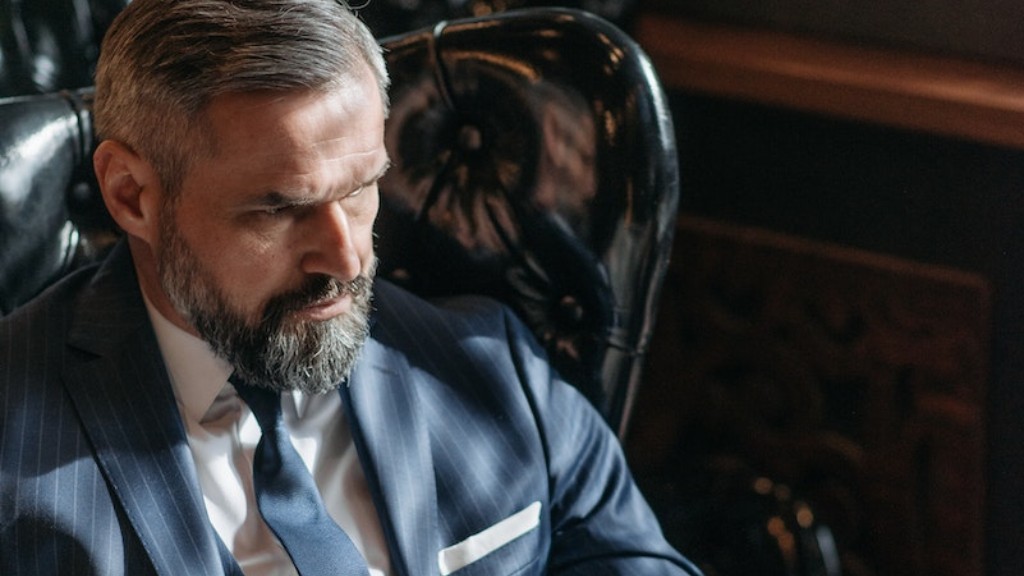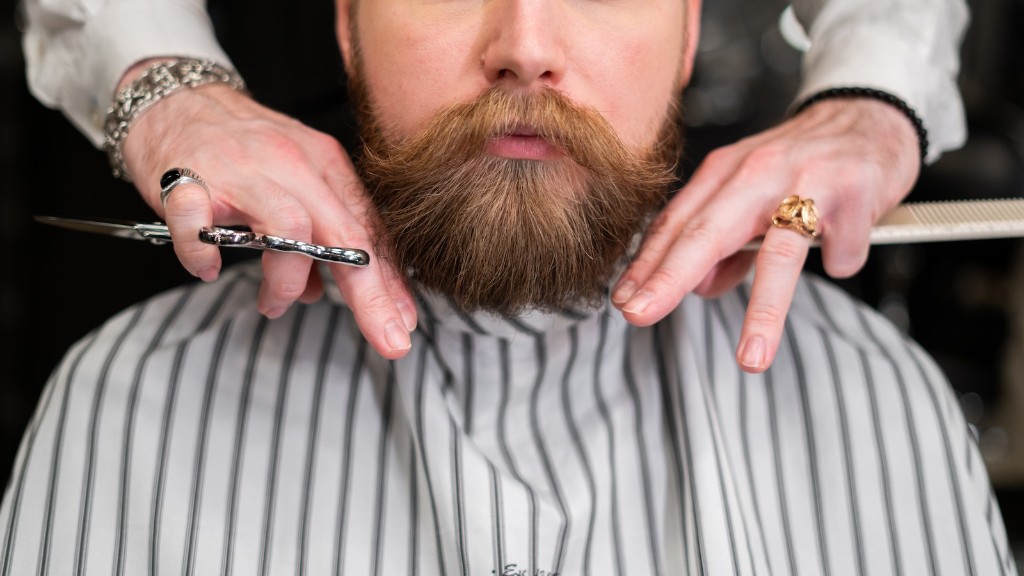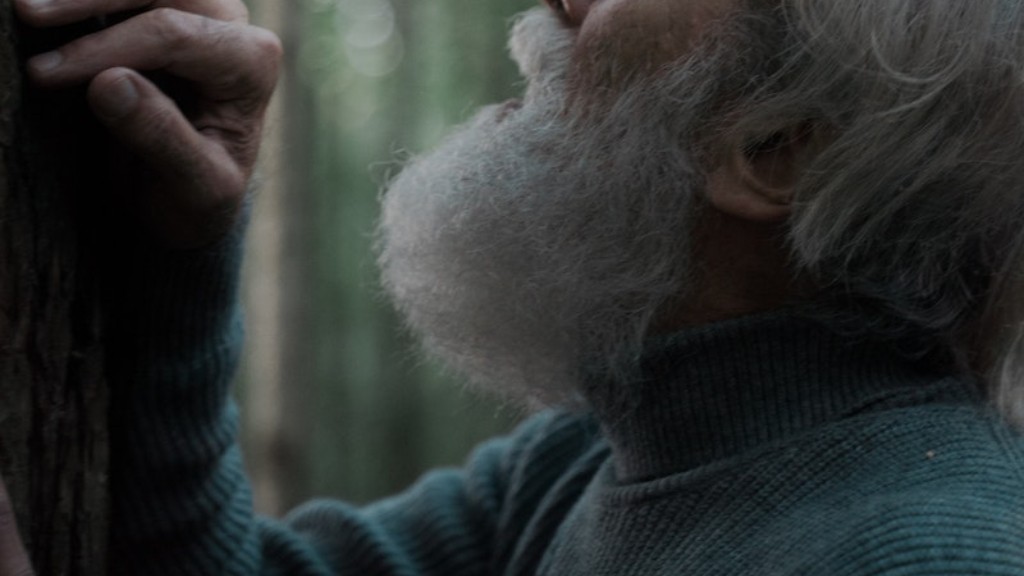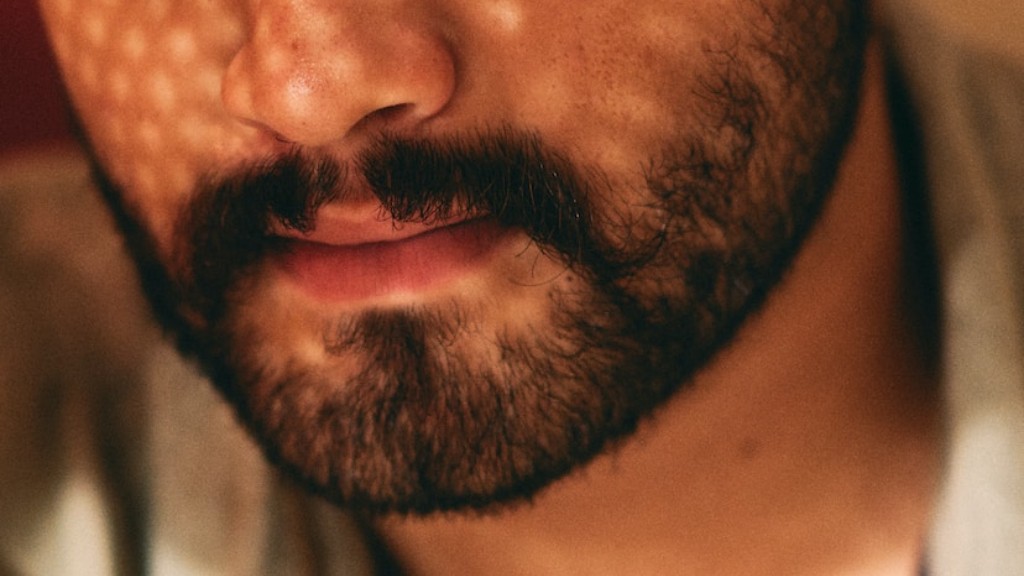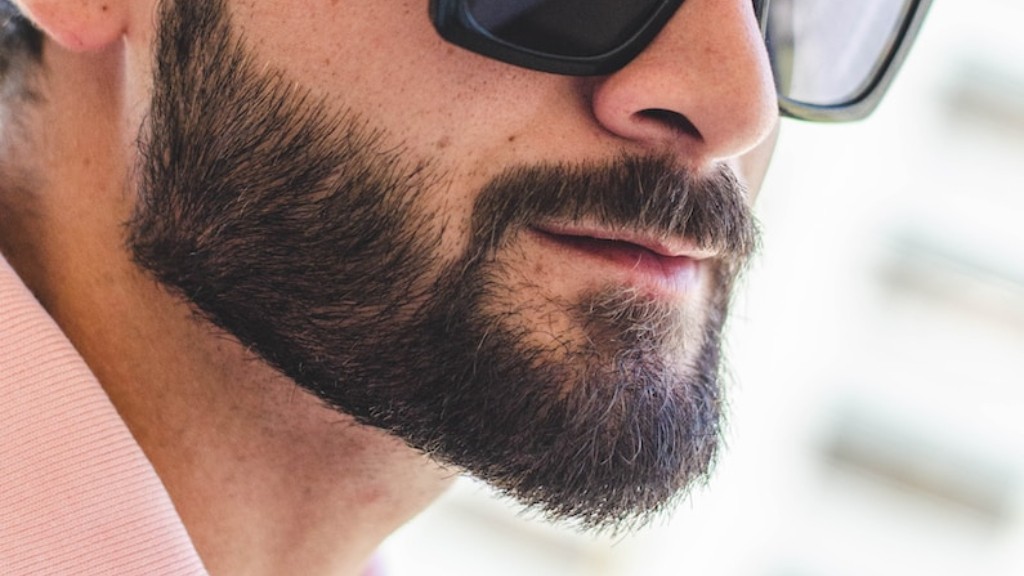Whether or not you can grow a beard if you’ve never had one before is a common question with a variety of answers. While some say it’s not possible, others claim that they’ve successfully grown a beard after previously being unable to. So, what’s the truth? Can you really grow a beard if you’ve never had one before?
There are a number of factors that can affect your ability to grow a beard. One of the most important is testosterone levels. If you have low testosterone, it’s likely that you won’t be able to grow a beard, no matter how much you want one. Additionally, your age can also play a role. Generally, it’s harder for older men to grow beards than it is for younger men.
If you’ve never had a beard before, but you really want one, it’s worth giving it a try. Even if the odds aren’t in your favor, you might be surprised at what you’re capable of.
No, you cannot grow a beard if you never had one.
Is it possible to grow a beard if you can t?
There are a number of reasons why some men are unable to grow facial hair. The most common reason is due to genetic factors. Some men who have trouble growing beards have turned to beard implants. Although beard implants are now available, they’re expensive and are a surgical procedure.
It’s a fairly common misconception that a man’s beard is inherited directly from his father. The truth is that beards are just like most other genetically derived features: they can come from either side of the family. While it’s true that many men have beards because their fathers had them, it’s not the only reason. In fact, there are plenty of men who have beards because their mothers or grandmothers had them. So, if you’re wondering whether or not you’re going to end up with a beard, it’s best to look at both sides of your family.
Why am I 30 and cant grow a beard
There is no doubt that genetics play a role in how thick or thin your facial hair is. However, there are things that you can do to improve the chances of growing thicker facial hair. First, make sure you are eating a healthy diet and getting enough vitamins and minerals. Second, give yourself time to grow out your facial hair. Many people give up before they see any results. Finally, use products that can help improve the thickness of your facial hair.
Every young man wishes they could have a full beard like the celebs and stars they see on TV and in movies. However, it’s important to understand that this isn’t possible for everyone. The pubertal process begins during late adolescence and testosterone is the androgen hormone found in the male body. If you’re not producing enough testosterone, you won’t be able to grow a full beard. So, if you’re young and still can’t grow a beard, don’t worry – it’s totally normal!
At what age does beard grow fully?
Most men will have a full beard by their early 20s, but some may need to wait until they hit 30 to reach full beard growth. Puberty might initiate the facial hair growing process, but how fast and thick your beard grows will depend on factors that we’ll discuss below, including genetics and hormone levels.
There is a common misconception that men who do not have facial hair must have low testosterone levels. While testosterone can influence the quality of facial hair, it is not the only factor. Genetics also play a role in determining how much facial hair a man will have. Most men have similar levels of testosterone, regardless of whether or not they have a beard.
Why am I 22 and cant grow a beard?
There are many reasons why some men do not have proper beard growth. The most common reason is genetics. This means that it may run in your family. Another reason could be the levels of testosterone. Testosterone levels should be evaluated to see if they are normal. Even if the testosterone levels are normal, the hair may not have the receptors necessary for the growth of beard on the face.
There are a few things that we know for sure when it comes to facial hair growth. First, it is largely determined by genetics. If your father had a thick beard, it’s likely that you will too. However, there are also non-genetic factors that can affect facial hair growth. For example, hormones play a role in how facial hair grows. Testosterone, in particular, is responsible for thick, full facial hair. So, if you have higher levels of testosterone, you’re more likely to have thick facial hair. Stress can also affect facial hair growth, so if you’re under a lot of stress, you may notice that your beard is thinner than usual.
What race can grow the best beards
There are a few reasons for this. One is that the density of hair follicles on the face is higher in men of Caucasian and African descent than in men of Asian descent. Additionally, the hair follicles of Asian men tend to be narrower than those of other groups, which contributes to fewer and thinner strands of hair. Finally, testosterone levels also play a role in beard growth, and Asian men tend to have lower levels of testosterone than men of other groups. All of these factors make it more difficult for Asian men to grow thick, full beards.
If you’re 18 and wondering why you don’t have a full beard yet, it just may not be time. Ethnicity can also play a role. From ages 18 to 30, most beards continue to develop in thickness and coarseness. So if you’re patient, you may yet see the full beard you’ve been hoping for.
Why can my dad grow a beard but I can t?
You are made up of half your father’s DNA and half your mother’s DNA. Your mother’s DNA is probably more dominant than your father’s with regard to facial hair growth because it comes from her side of the family.
There is no one definitive answer to this question. According to various sources, the most common cause of beard growth is genetic. Testosterone levels may also play a role, as even if levels are normal, the necessary receptors may not be present. There are no creams, oils or tablets known to induce beard growth.
Does shaving increase hair growth
There is a lot of misinformation out there about shaving and hair growth. Some people believe that shaving makes hair grow back thicker, darker, or faster, but this simply isn’t true. Shaving hair doesn’t change its thickness, color, or rate of growth. The only thing that changes is the shape of the hair shaft. When you shave, the hair is cut at a sharp angle, which gives the hair a blunt tip. The tip might feel coarse or “stubbly” for a time as it grows out. During this phase, the hair might be more noticeable and perhaps appear darker or thicker. However, this is just an illusion created by the blunt tip. Once the hair grows out, it will be the same thickness, color, and rate of growth as it was before you shaved it.
The article discusses the findings of a study that looked at the relationship between beard length and testosterone levels. The study found that there was no relationship between the two, and therefore, the hypothesis that beards are honest signals of testosterone levels and dominance was not supported.
Will testosterone help with facial hair?
Testosterone levels can have a big impact on facial hair growth.
For men between the ages of 19 and 38, the normal range for testosterone levels is 264 to 916 nanograms per deciliter (ng/dL).
Facial hair growth is largely propelled by testosterone, so men with higher levels of the hormone may have fuller beards.
However, it’s important to note that testosterone levels can vary from person to person, and there are many other factors that can affect facial hair growth (genetics, age, etc.).
If you’re concerned about your facial hair growth, it’s best to speak with a doctor to discuss your options.
Beard growth and darkness varies from person to person. For some guys, shaving once every few weeks is fine at first. Other guys may need to shave once every 3-4 days. As you get older and your beard gets heavier, you may feel the need to shave more often.
Warp Up
No, you cannot grow a beard if you never had one.
If you’ve never had a beard before, you may be wondering if you can even grow one. The answer is yes! Anyone can grow a beard, although some people may have to try a little harder than others. Just let your hair grow out and see what happens. If you don’t like the way it looks, you can always shave it off.
